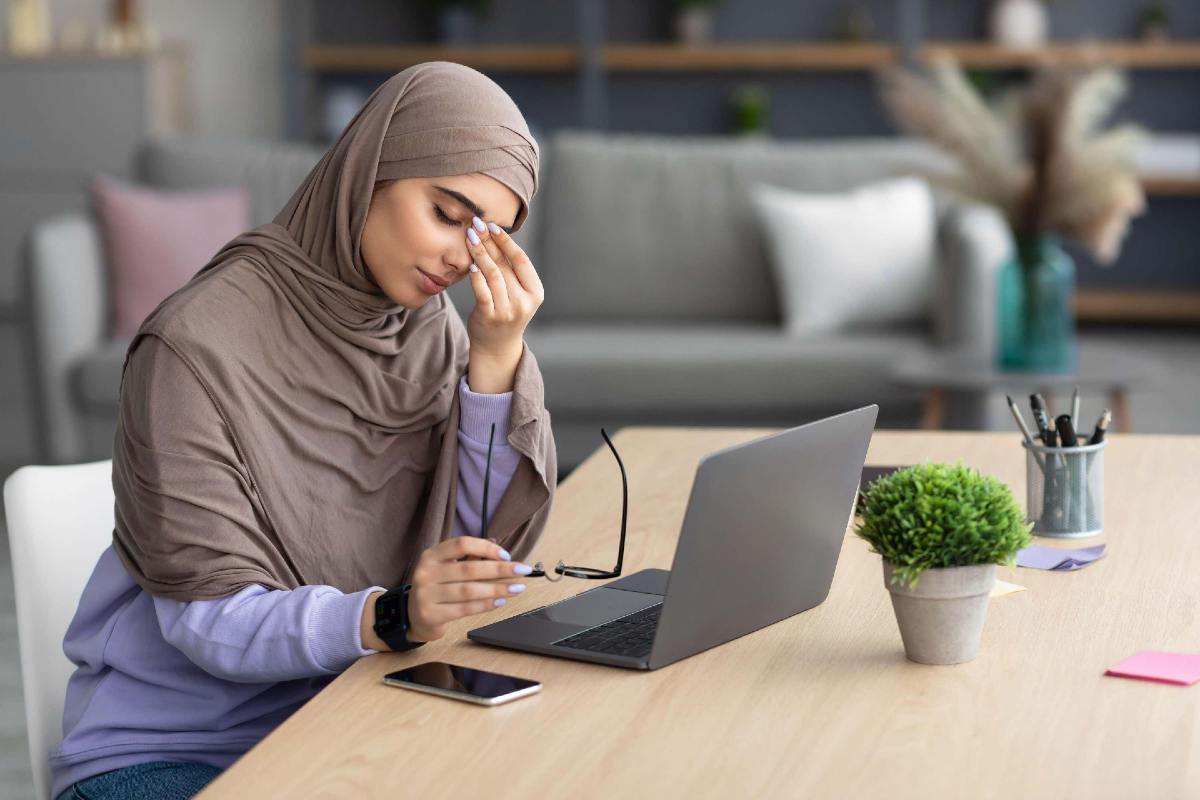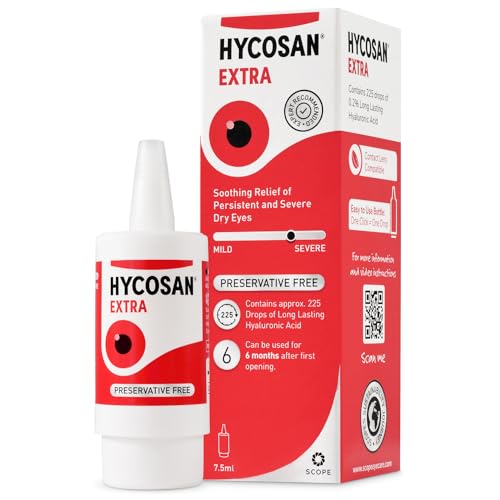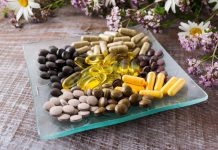Do your eyes sometimes feel dry, itchy or gritty, particularly when you’ve been staring at a screen? You could be one of the millions of people in the UK and Ireland suffering from dry eye syndrome.
New research estimates up to six out of 10 adults suffer from dry eyes – a condition thought to have increased through the pandemic while people have been spending more time on screens, which is associated with the syndrome.
Dry eye syndrome cases are on the rise
“If the problem’s really bad, dry eyes can cause blurry vision, from mucous that’s not washed away by tears,” explains consultant ophthalmic surgeon Mr Badrul Hussain, who works at Moorfields Eye Hospital in London.
“Using a screen itself won’t cause dry eyes, but if you’re concentrating on the screen, you don’t blink as frequently, and your tears can evaporate more quickly. Lockdown seems to have aggravated some people’s dry eyes.”
Research by eye-care company Rohto found more than half (55%) of adults stare at a screen for five to seven hours a day, while 36% do so for eight to 12 hours. Yet just seven out of every 100 people questioned in their survey took the recommended amount of screen breaks.
“Dry eye is caused by a lack of lubrication in the eye – either due to staring at a screen for hours without a break, and a lack of blinking, or because the tear glands aren’t working effectively,” notes optometrist Francesca Marchetti.
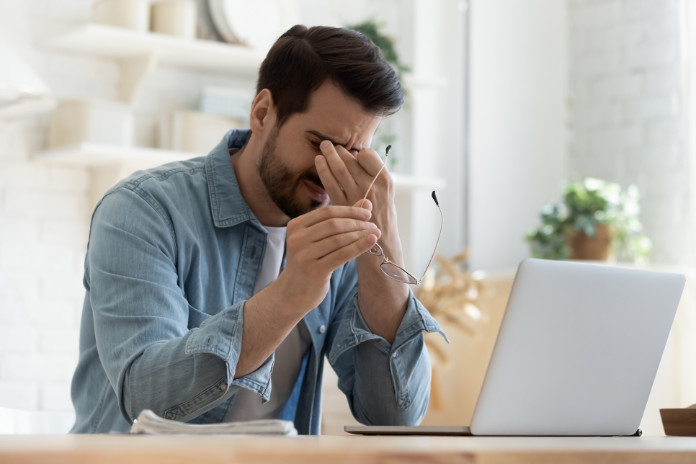
She recommends people who work on screens use the 20-20-20 rule, by giving eyes a screen break every 20 minutes and looking at a distant object (20ft away) for 20 seconds, and then blinking for 20 seconds. “Only a minority are doing this,” Marchetti says, “so it’s no wonder that four out of 10 Brits say their lockdown screen habits made their eyes feel worse than ever.”
Both Marchetti and Hussain say it’s vital to tackle dry eye early, both to treat discomfort with lubricant eye drops, and also to prevent long-term damage developing from severe dry eyes. “A scary 20% of people with dry eye end up with severe dry eye disease, affecting night vision, driving and reading,” warns Marchetti.
Here, Hussain and Marchetti explain what causes dry eyes and how to treat them…
What is dry eye syndrome?
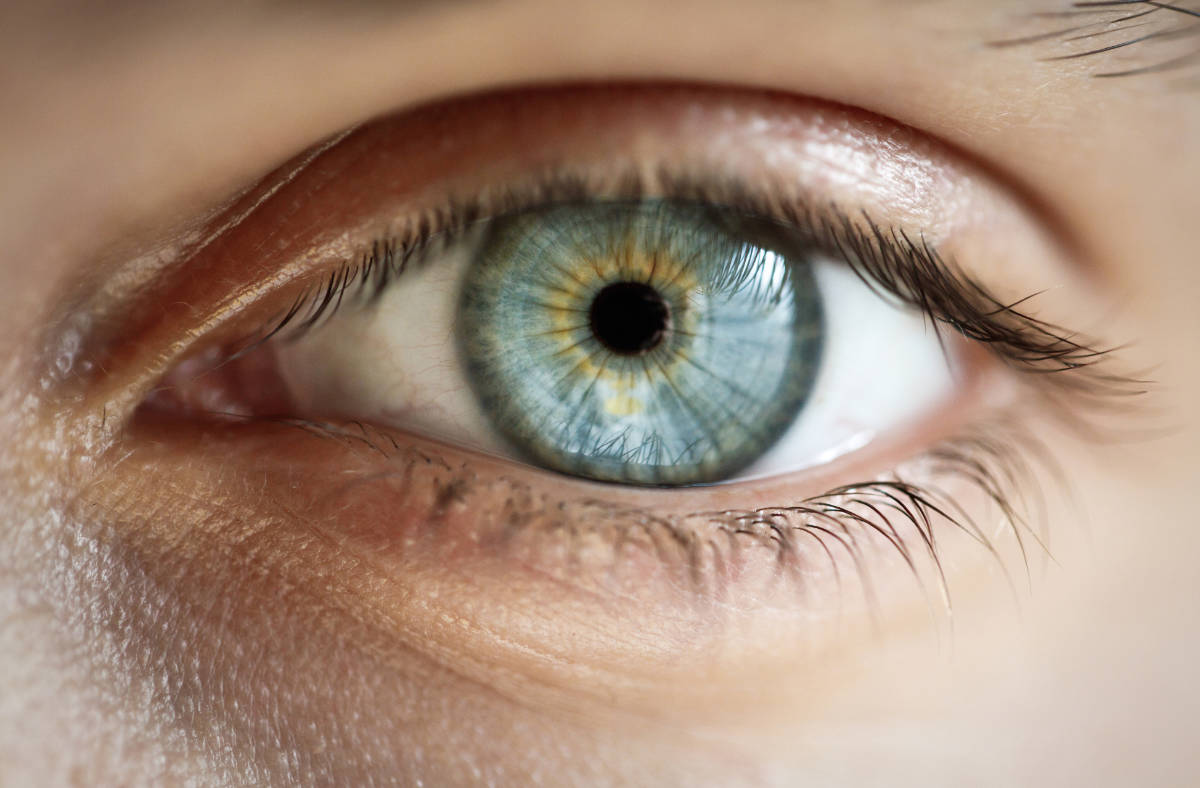
Every time we blink, tiny glands in the eyelids release a thin layer of tears made up of three layers (oily, watery and mucous) to coat the surface of the eye (cornea) and provide it with nutrients. But if insufficient tears are produced, they’re not of good enough quality, or they don’t spread across the eye properly, the eye becomes dry. Those tiny dry patches will feel uncomfortable, and will be irritated each time you blink.
What are the symptoms of dry eye syndrome?
Experts say symptoms, which can occur in one or both eyes, can obviously include a dry feeling in the eye, as well as stinging, redness, feeling like you’ve got grit in your eyes, difficulty wearing contact lenses, blurry vision, and even – bizarrely – watery eyes, which is the body’s natural response to the irritation of dry eyes.
“Symptoms of dry eye are a particular problem for contact lens wearers,” says Marchetti, “as three-quarters say they suffer from it.”
What causes dry eye?
View this post on Instagram
Dry eyes are caused by many different things, explains Hussain, including certain medical conditions like rheumatoid arthritis or Sjögren’s syndrome (which affects moisture secreted by the body), surgery or eye trauma, infection or inflammation of any of glands around the eye, or an infection of the eyelash roots (blepharitis).
Ageing also makes you more likely to get dry eyes, as Marchetti says from middle-age, the body produces less hyaluronic acid, which is important for retaining moisture in the eyes. Hormonal changes during the menopause, and regular use of certain drugs including antihistamines, antidepressants and diuretics, can also affect the amount of moisture in the eyes, she says.
Hussain says: “Some people aren’t making enough tears because they have medical conditions that affect the production of watery secretions, such as Sjogren’s Syndrome or other auto-immune conditions. But having dry eye from such medical conditions isn’t as likely as evaporative dry eye, which can happen when the oily layer of the tear film isn’t as good, and is by far the most common reason for dry eyes. This can happen as we get older – as we age, lots of things don’t work as well, and there may not be enough tears.”
How do you treat dry eye syndrome?
Hussain says most people don’t have severe dry eye thankfully, and many will be able to make their eye feel comfortable by regularly putting in lubricating drops, which are available over-the-counter at pharmacies or at reputable online healthcare suppliers.
“It’s about getting the right treatment when you’re experiencing problems,” he says. “Regularly use some type of lubricating tears. To use an analogy, if you water a house plant regularly, it keeps it vibrant and green, It’s the same with your eye – if you put the drops in regularly, it’ll keep it moist and healthier.
National Eye Health Week 2021 kicks off one month today. Watch this space for top tips on keeping your eyes and vision healthy plus info on how you can get involved as we shine a light on optics 20 – 26 September 2021. #EyeWeek #VisionMatters pic.twitter.com/n7mZYWrPz7
— Eye Health Week (@myvisionmatters) August 21, 2021
“For most people, dry eye is a nuisance, but not something that’s going to have a huge effect on their life – for a lot of people, it’s going to the chemist and getting lubricating drops and putting them in four or five times a day, or more if needed. If you have any worrying symptoms, or changes in symptoms, along with significant pain, you need to see a GP or an optician.”
Latest treatments for dry eye
For severe cases of dry eye, steroid medication may be prescribed, or other eye drops which can help increase tear production. Rarely, autologous serum may be prescribed – these are drops made from a patient’s own blood, which is spun to separate the serum in it from the rest of the blood. The serum is then mixed with saline and returned to the patient as eye drops.
Additionally for severe dry eye, Hussain says tiny plugs, called punctal plugs, made of collagen or plastic, can be inserted into tear ducts on the lower lid to stop tears draining away. “Or there’s surgery to close them permanently,” he says. “But that’s not something we’d do as a first-line – surgery and autologous serum are for people with severe dry eye, which isn’t responding to lubricating drops and steroid drops.”
Best-selling dry eye treatment
Check out the best-selling dry eye treatments on Amazon
- CONTACT-LENS FRIENDLY – No need to remove contact lenses when using the eye drops.
- INTENSIVE RELIEF – Use these eye drops as often as needed to moisturise dry eyes that feel irritated.
- EASY TO APPLY – Relieve dry eyes with fuss free application – two drops in each eye as often as needed.
- REHYDRATING and PROTECTING DUAL ACTION RELIEF - Optrex ActiMist Double Action Spray soothes dry and irritated eyes, rehydrating and protecting your eyes
- INSTANT, LONG-LASTING RELIEF - Optrex eye spray for dry and irritated eyes is clinically proven to provide instant relief for up to 4 hours for dry and irritated eyes*; *dry and irritated eyes due to...
- CONVENIENT FORMAT - Optrex double action eye spray for dry and irritated eyes is easy to use and ideal for people who don’t like fiddling with eye drops or touching their eyes
- RAPID RELIEF - Soothing dry eye drops go to work quickly to replenish the tear film and provide long-lasting relief of severe and persistent dry eye symptoms such as itchy, tired or irritated eyes.
- PRESERVATIVE FREE - With no added preservatives, which can irritate sensitive eyes, Hycosan Extra is gentle on your eyes and safe for regular use.
- FOR EVERYONE - Clinically proven and recommended by eyecare experts, Hycosan Extra is contact lens compatible. Suitable for long term treatment and can be used by adults and children of all ages.
- HYLO Forte is a dry eye drop which contains Sodium Hyaluronate, a natural ingredient that is used to replenish the tear film
- With a concentration of 0.2% Sodium Hyaluronate it offers effective relief and managing of symptoms for those suffering from more severe and persistant dry eyes
- Do you wear contact lenses? Not a problem as HYLO Forte dry eye drops can be used by contact lens wearers.
- IMMEDIATE RELIEF - Instant relief from tired, irritated & dry eyes. Hypromellose is well known for its use to treat itchy eyes
- REFRESHES dry and strained eyes. It soothes that common feeling of grittiness often associated with dry and tired eyes
- OCUFRESH AS AN EVERYDAY PRODUCT - Used by all adults every day for feeling refreshed.
Last update on 2024-04-03 / Affiliate links / Images from Amazon Product Advertising API
You may be interested in…
This article may include affiliate links to products and services where we may receive a small fee to support the running of this site if you make a purchase or is a sponsored article from one of our select editorial partners providing valuable advice and information to our readers.























































